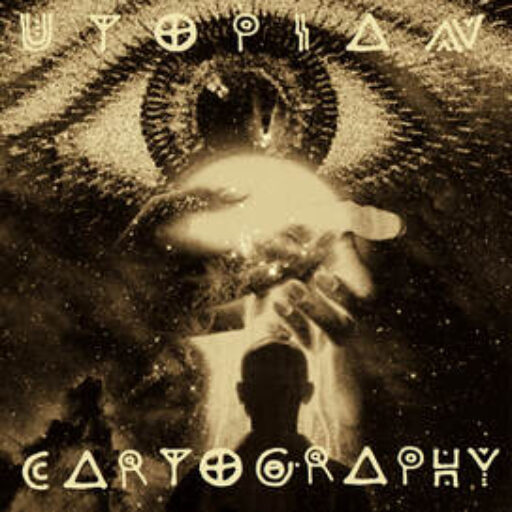“The first comprehensive look at the dance music revolution Can You Feel It – How Dance Music Conquered The World is a three-part series produced for BBC Four in the UK and international sales through Eagle Rock. Each episode takes an in-depth look at one of the three pillars of a scene that, over the last thirty years, has gone from underground movement to global phenomenon. We tell the story of the origins and development of the music itself, how clubs became the most important cultural entertainment spaces of our era and finally the extraordinary rise of the DJ from awkward sideman to the world’s biggest music stars. Our cast list boasts a defining list of dance’s pioneers, innovators and biggest stars alongside a killer soundtrack. As Marshall Jefferson says, “You gotta have house music all night long”.”
Tag: Media Theory
❝ From the author of the bestselling “Art and Physics” comes a new book with breathtaking implications. Making remarkable connections across a wide range of subjects, including neurology, anthropology, history, and religion, “Leonard Shlain” argues that the development of alphabetic literacy itself reinforced the human brain’s left hemisphere — linear, abstract, predominantly masculine — at the expense of its right — holistic, concrete, visual, feminine. “The Alphabet Versus the Goddess” charts the connection between alphabetic literacy and monotheism; patriarchy and misogyny, and tracks the correlations between the rise and fall of literacy and the status of women in society, mythology, and religion. ❞
❝ How does our fascination with technology intersect with the religious imagination? In TechGnosis—a cult classic now updated and reissued with a new afterword—Erik Davis argues that while the realms of the digital and the spiritual may seem worlds apart, esoteric and religious impulses have in fact always permeated (and sometimes inspired) technological communication. Davis uncovers startling connections between such seemingly disparate topics as electricity and alchemy; online roleplaying games and religious and occult practices; virtual reality and gnostic mythology; programming languages and Kabbalah. The final chapters address the apocalyptic dreams that haunt technology, providing vital historical context as well as new ways to think about a future defined by the mutant intermingling of mind and machine, nightmare and fantasy. ❞
❝ The most virulent viruses today are composed of information. In this information-driven age, the easiest way to manipulate the culture is through the media. A hip and caustically humorous McLuhan for the ’90s, culture watcher Douglas Rushkoff now offers a fascinating expose of media manipulation in today’s age of instant information. ❞
❝ R. Buckminster Fuller is regarded as one of the most important figures of the 20th century, renowned for his achievements as an inventor, designer, architect, philosopher, mathematician, and dogged individualist. Perhaps best remembered for the Geodesic Dome and the term “Spaceship Earth,” his work and his writings have had a profound impact on modern life and thought.
Critical Path is Fuller’s master work–the summing up of a lifetime’s thought and concern–as urgent and relevant as it was upon its first publication in 1981. Critical Path details how humanity found itself in its current situation–at the limits of the planet’s natural resources and facing political, economic, environmental, and ethical crises.
The crowning achievement of an extraordinary career, Critical Path offers the reader the excitement of understanding the essential dilemmas of our time and how responsible citizens can rise to meet this ultimate challenge to our future. ❞
